SGEM#426: All the Small Things – Small Bag Ventilation Masks in Out of Hospital Cardiac Arrest
The Skeptics' Guide to EM
JANUARY 13, 2024
You continue with compressions and defibrillations and your partner places an advanced airway. SGEM#143: Call Me Maybe for Bystander CPR * SGEM#152: Movin’ on Up – Higher Floors, Lower Survival for OHCA * SGEM#162: Not Stayin’ Alive More Often with Amiodarone or Lidocaine in OHCA * SGEM#189: Bring Me to Life in OHCA * ![]() 223
223



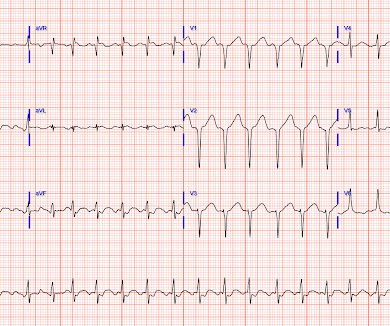

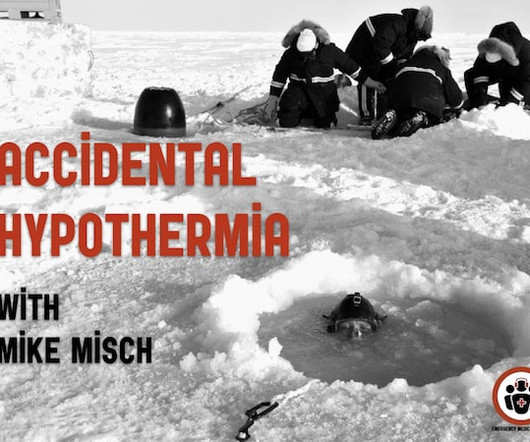

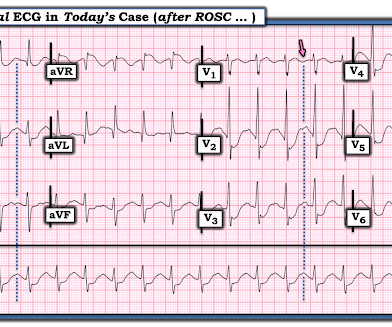
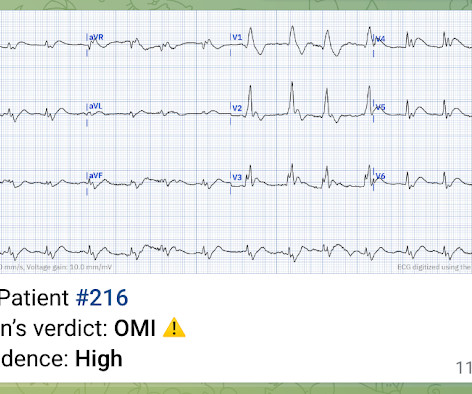



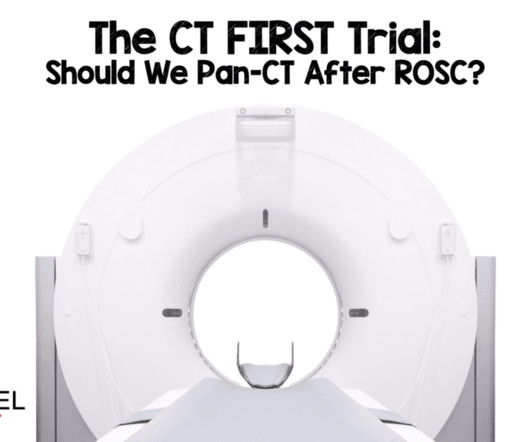

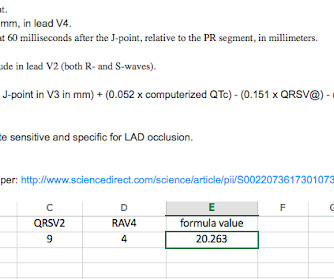
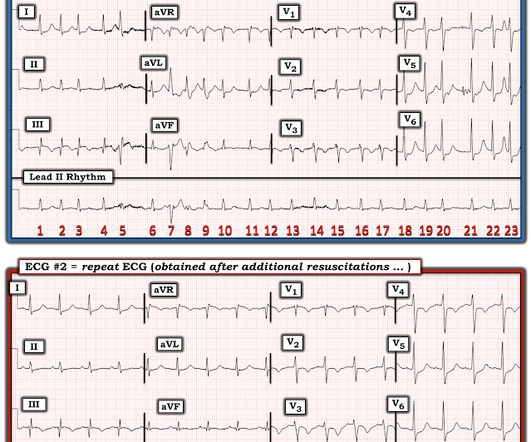
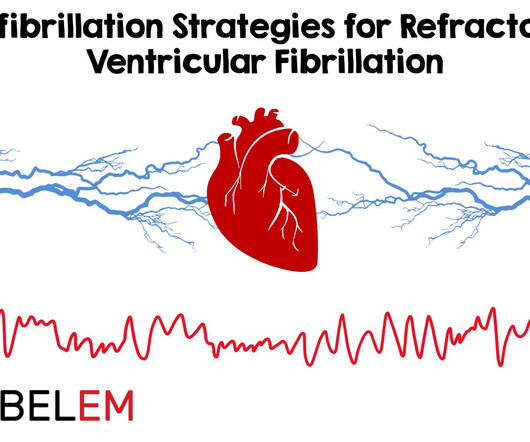
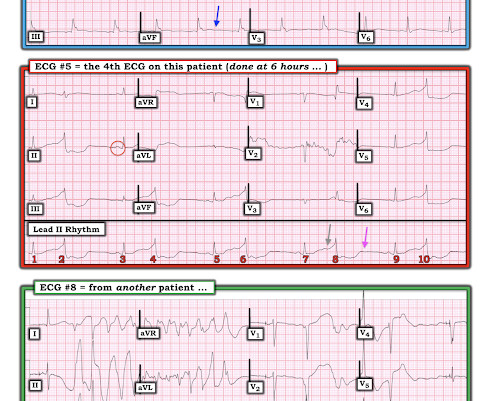








Let's personalize your content